What Is a Good Training Program?

There are certainly ways to enhance your company’s training and training programs. What are the results of good training classes and what is a good training program?
What Is a Good Training Program?
The first part of answering “what is a good training program?” begins with your training investment.
Training Investment
Some strengths and weaknesses of training programs are developed with the premise that training and knowledge are an investment in employees, rather than an expense. Since it is an investment, it only follows that good training and training programs are a good investment. Training is an investment in your company’s future and can be a factor in the future success or your company.
Purpose of Training
We’ve also established that the purpose of training is to change behavior, regardless of the level of training. Everyone wants positive behavior or positive behavior changes, and good training can only lead to positive behaviors and changes. This is also known as continuous improvement.
Training Activities
Training activities, whether classroom or on-the-job, must have willing participants and enthusiastic instructors. Along with the enthusiasm, the instructor must be a subject matter expert or at least have subject knowledge a couple of levels beyond the trainee. Workplace training programs work best if:
- Managers are involved in the training needs identification and program development.
- There is an understanding that the purpose of training is to change behavior.
- Expectations are created prior to the training.
- Training is Simple, Relevant, and Factual.
- Juran’s thinking is followed in that the vital few concepts are taught and not the trivial many.
- There is an understanding that training is not an expense, rather it is an investment.
- Effective training programs in general follow a Deming Cycle: Training needs are identified; Training is developed; Training is delivered; Training feedback and effectiveness are obtained.
- In-House trainers are well trained, enthusiastic and passionate ‘experts’.
- Training is made as enjoyable as possible for both the trainer and trainees.
- Training is considered part of one’s job. When a person goes back to their normal activities the work is not piled up waiting for them to catch up, rather it has been distributed to others as much as possible.
Positive Behavior Change
I hope that we can agree that training programs are an investment leading to a positive behavior change. Does anyone or any organization want to intentionally make a bad investment or to facilitate a negative behavior change? Of course not! But yet, many, if not most companies do not support strong, comprehensive and effective training programs. Those that do support training programs may only do so within the confines of their budget and only if there are budgetary funds available. That is, the company must be making sufficient profit.
Rather than making an investment in the company, whether training, equipment, new customers & markets, or eliminating waste, the typical response is to eliminate people. So rather than investing in their people and processes, the company has the people disappear (and sometimes the processes)! How can this possibly result in a long-term positive outcome? Additionally, most companies do not budget sufficient funds or time for training programs, even if the funds are available. Also, what happens if a training opportunity or need comes up in the middle of the fiscal year? Answer: “Sorry, that’s not in the budget.”
Use What You Learn
Another concept to understand is that if people do not use the information provided in training, regardless of the quality of the training, they will lose the information and knowledge as time goes by. The more time that passes before the training is utilized, the less of the training will be retained. Sometimes, however, it is difficult to put the training into use right away; I understand this.
An example is Internal Audit training as required by the ISO 9000 Quality Standard. Typically, or at least those organizations that understand Internal Auditing and its benefits, the training is in a classroom setting with several attendees. Let’s say there are six people in the Internal Audit class and the company does an Internal Audit every other month. Further, let’s assume that newly trained Internal Auditors are paired with experienced Internal Auditors.
WHY DON’T SOME COMPANIES DO TRAINING, THEN?
For one thing, managers, including top management, don’t understand the benefits and need for thoroughly training employees at all levels. Secondly, managers don’t understand that employee training is an investment and not an expense. Note that both of the reasons rest with management.
Managers, who are often not trained past their education or OJT, do not understand the need for and benefit of a well-trained workforce. The key element here is the need for enlightenment. Different people learn differently and, a company needs to invest in their entire workforce, with relevant and appropriate training. As management becomes more enlightened (trained), they will see the need and benefit for a well trained hourly and professional workforce.
Too often companies are run by cost and tax returns (the accounting department). While the discussion of this will have to wait for another article, companies operating in this mode typically have problems. Companies in this mode will state that they cannot afford to have direct labor employees taken away from their normal work and put into training sessions. This activity is measured as a loss of productivity and is considered an expense.
Internal Auditor Training
Another factor to consider is that Internal Auditors must be independent of the area being audited. When all of these factors are taken into consideration, it may be a period of several months or longer before all newly trained Internal Auditors have had a chance to be involved in their first audit.
However, all is not lost. The Internal Auditor training, as cited in this example, is an investment and those employees completing the training, gain a much better understanding of the Quality Management System requirements than they had prior to the training. Some companies put many employees through Internal Audit training for this reason, even though many of these employees will never actually perform an Internal Audit.
Many companies use the same logic for sending employees to ISO 9000 Lead Auditor training. They become QMS “experts”, but do not actually function as a Lead Auditor. As one can see there are benefits to a good training program beyond the initial scope of the training.
Training Program Improvement
Once an organization has implemented a training program it will hopefully strive to improve it. The first important tool to consider is the training feedback or evaluation survey. These tools should have enough information so as to be relevant and should be filled out anonymously by the training attendees. Use this information. If there is criticism, turn that criticism into a positive and put forth the effort to eliminate the cause of the criticism.
A second improvement tool that works well in training is the Deming Wheel or Plan-Do-Check-Act (PDCA). PDCA as a continuous improvement tool will help an organization to enhance their training, with a focus that it is never acceptable to stop striving to make improvements.
I hope by now we have answered “what is a good training program.” Organizations get better with well developed training programs. An organization that is getting better, that is improving, reduces waste, increases sales, beats out the competition, and becomes more profitable.


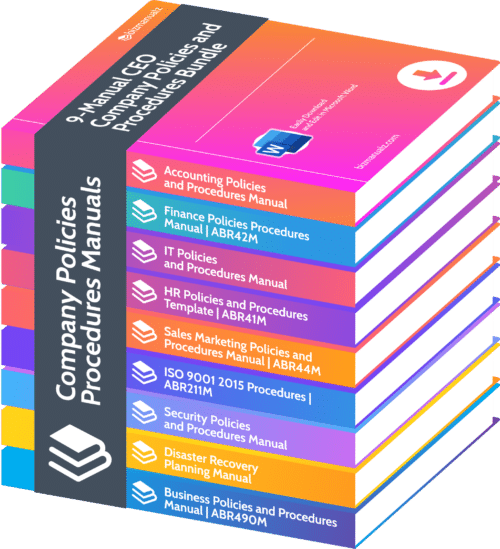


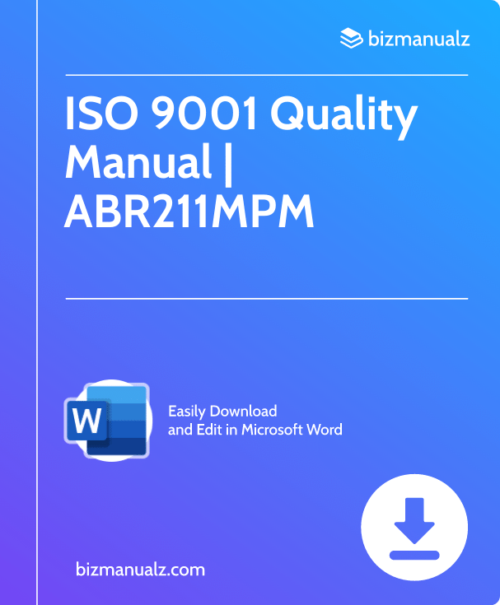

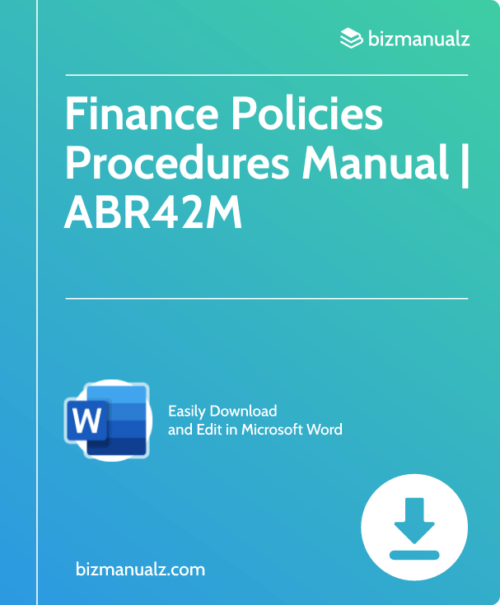
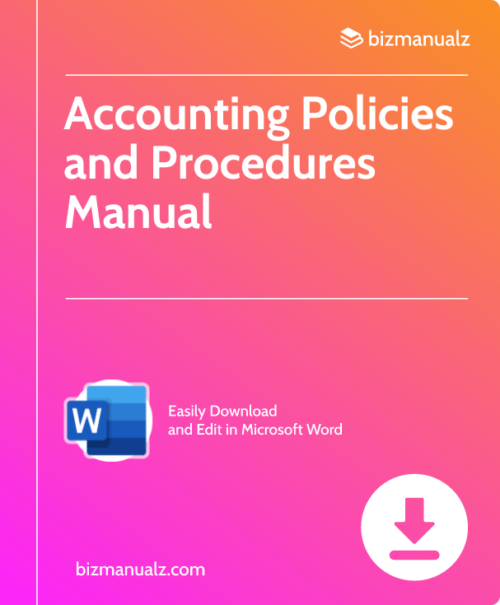
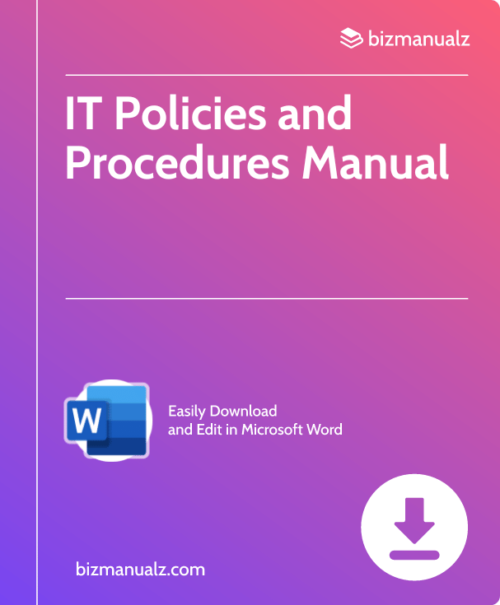

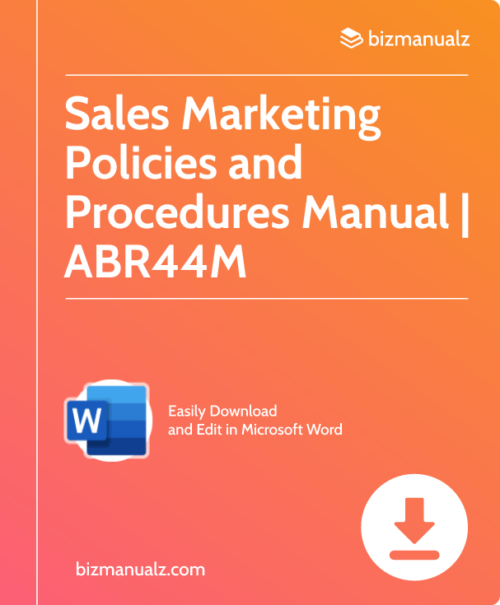
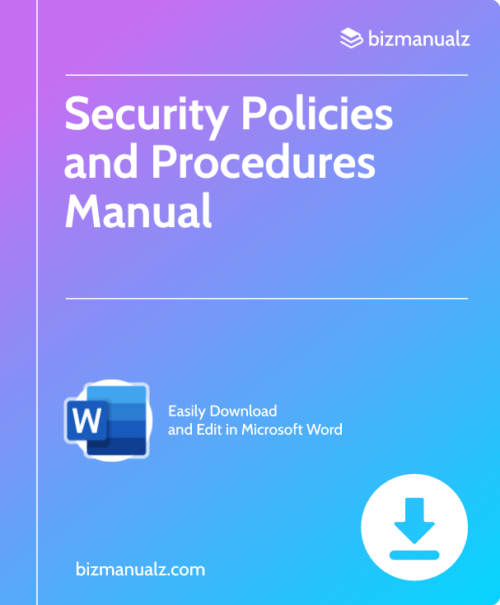
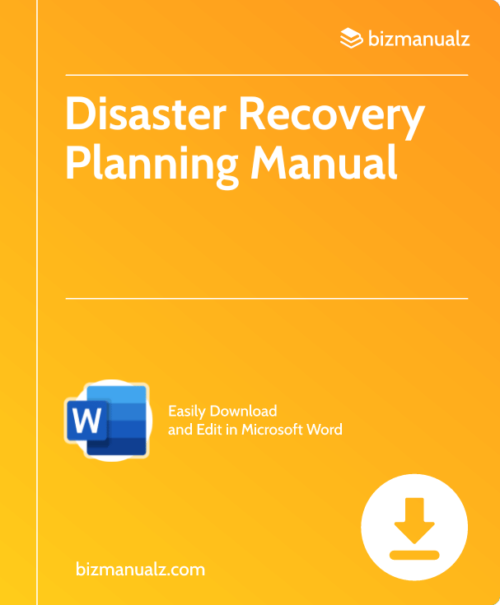

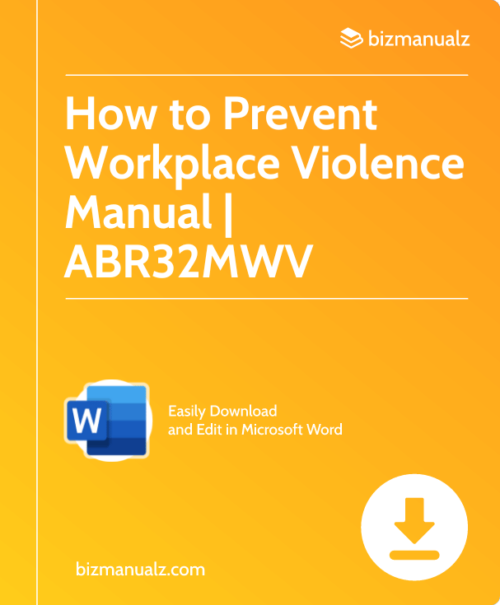
[…] of your organization or department, make sure you follow through by caring out the steps. Hold the training classes, circulate the code of conduct annually with each employee signing a statement that they have read […]
[…] of your organization or department, make sure you follow through by caring out the steps. Hold the training classes, circulate the code of conduct annually with each employee signing a statement that they have read […]